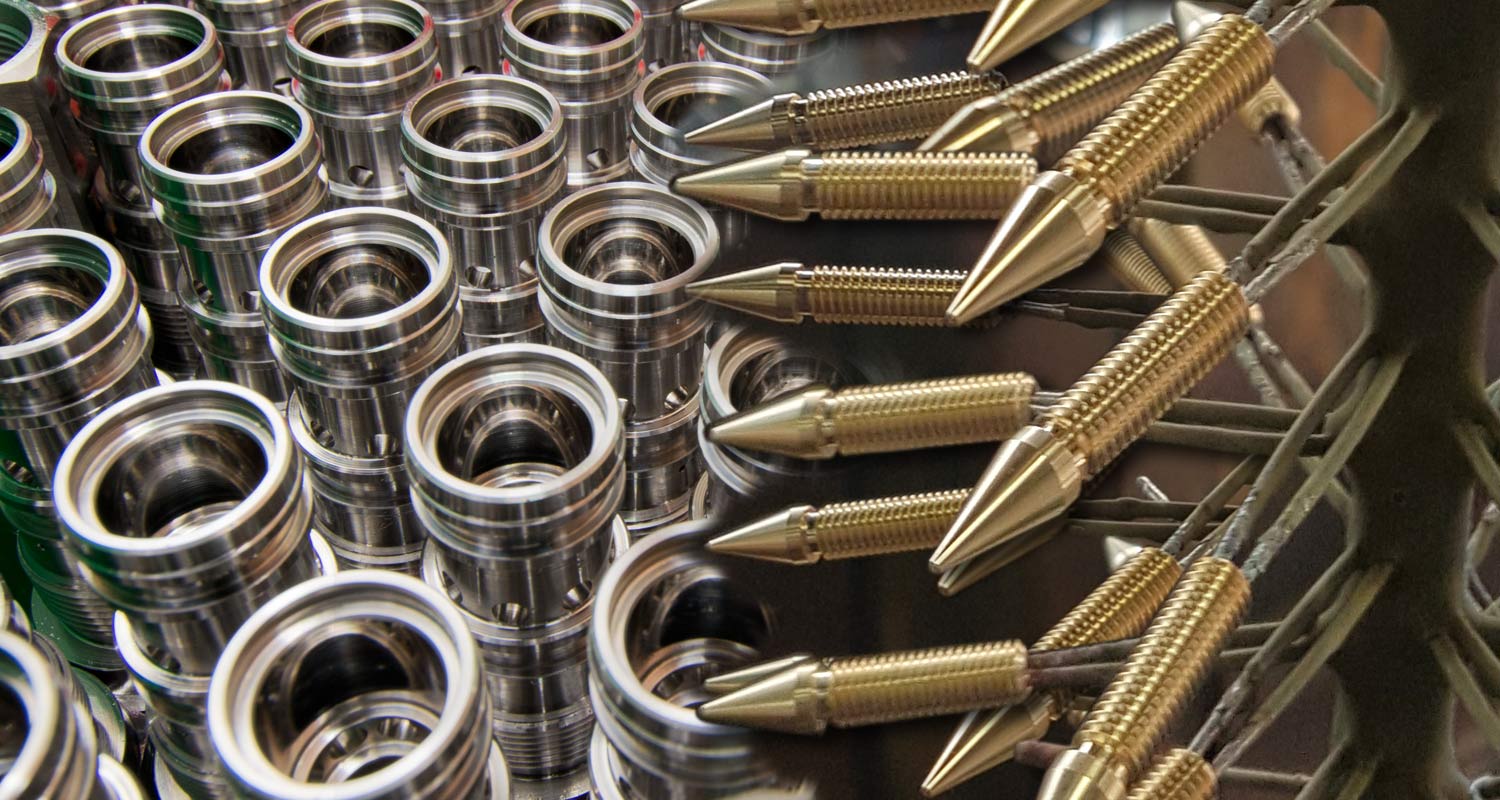Anodising
Anodising is a technique used to modify the surface of the metal. It will provide a corrosion resistance, create a different surface topography and change the crystal structure close to the metal surface. The process derives its name from the fact that the part to be treated forms the anode portion of an electrical circuit in this electrolytic process. The film produced can be a range of thickness from 1-25 microns.
Standard anodising is natural in colour, but the appearances can be varied by pre-treating. Examples are Bead blasting, Vapour blasting, graining and polishing. These pre-treatments would be used to give the aluminium, a satin, sheen or a bright glass finish.
Anodising can be dyed into various colours: Black, Red, Blue, Gold, Purple, Bronze, Turquoise, Green, Yellow, Grey and Orange

Thickness
The film produced can be a range of thickness from 1-25 microns.
Standards
- DEF STAN 03-25
- DEF STAN151/1
- BS1615
- BS EN 12373 – 1
- BS EN 2284
- MIL-A-8625F TYPE 11
Downloads
We specialise in the following industry sectors:-
Engineering ● Medical ● MOD ● Aerospace ● Motor Sport ● Marine ● Classic Cars!
CLASSIC CARS & BIKES!
We also provide works for bike and car enthusiasts. Ferrari, Aston Martin & Jaguar
COMPLIANCES






